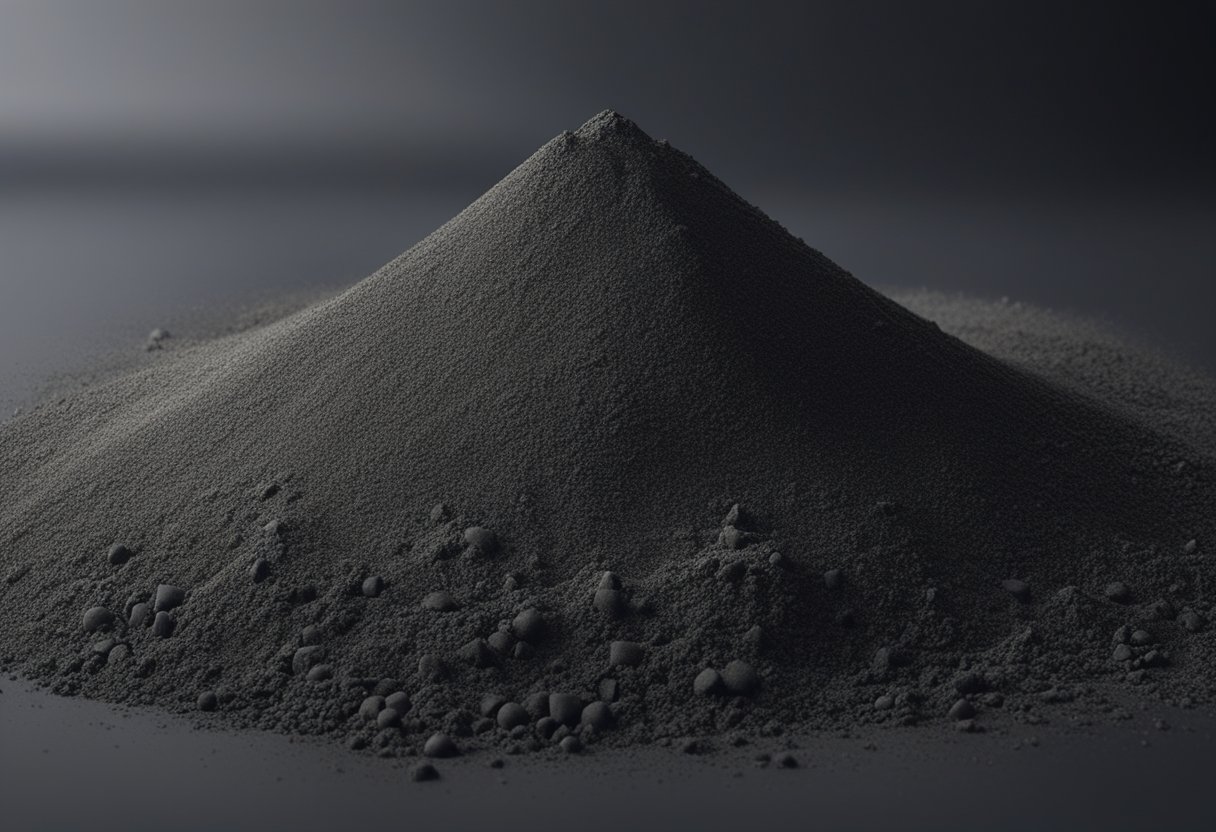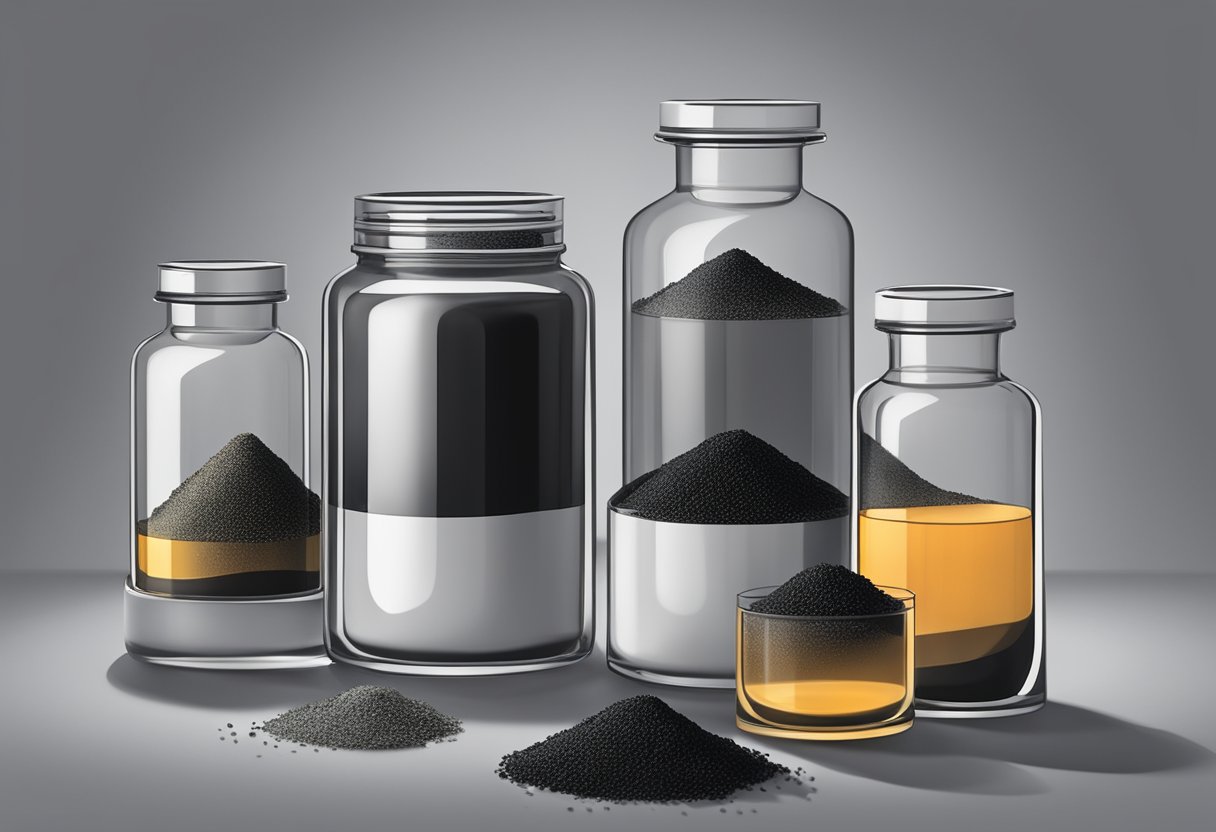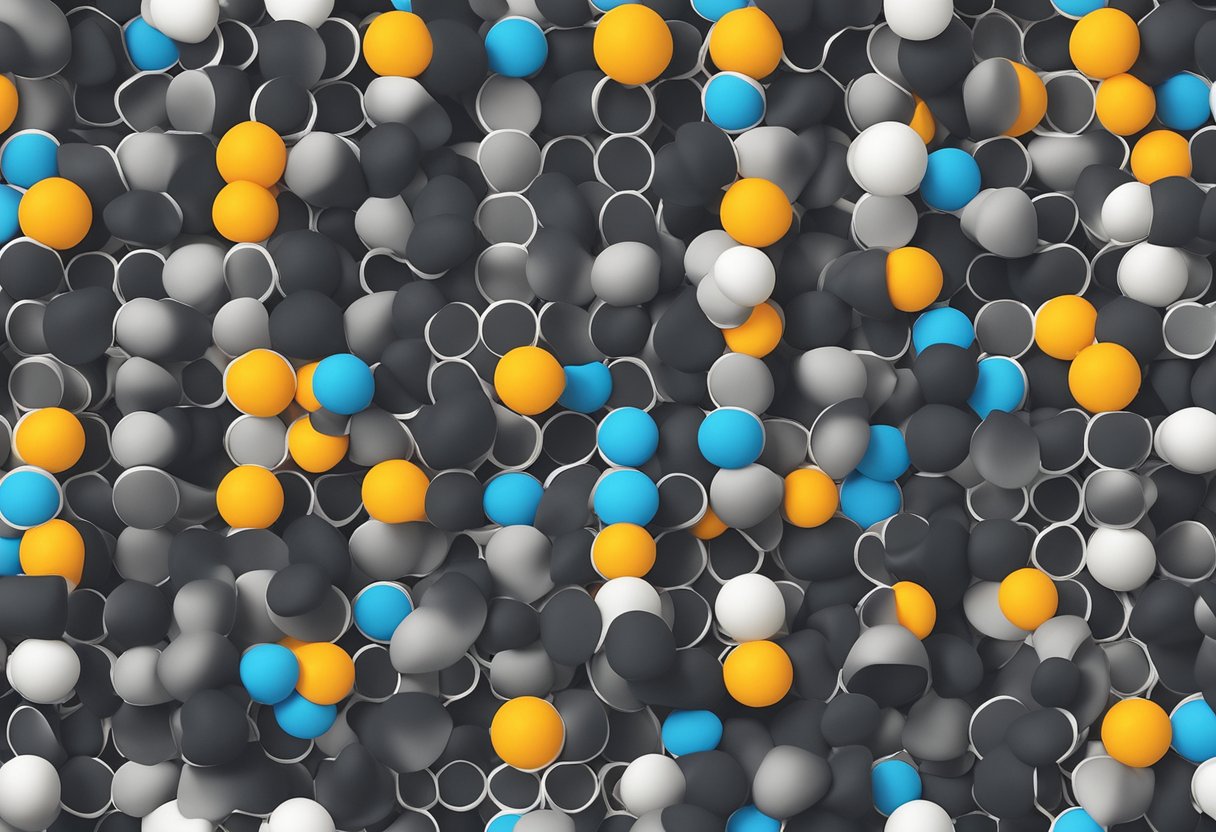Carbon N330: Properties and Applications
19/01/2024
Carbon N330 is a type of carbon black that is widely used in various industries. It is a highly pure form of carbon black that is produced by the incomplete combustion of hydrocarbons. This type of carbon black is known for its unique properties, including high abrasion resistance, electrical conductivity, and UV protection.

One of the primary uses of Carbon N330 is in the rubber industry, where it is used as a reinforcing agent in tires, belts, and other rubber products. It helps to improve the strength, durability, and resistance to wear and tear of these products. Carbon N330 is also used in the production of plastics, inks, and coatings, where it provides color, opacity, and UV protection.
Carbon N330 is produced by various companies around the world, including major players such as Cabot Corporation and Orion Engineered Carbons. The production process involves the controlled combustion of hydrocarbons, followed by a series of purification steps to remove impurities and ensure a high level of purity. The resulting carbon black is then sold in various forms, including powder and pellets, to customers in a range of industries.
Chemical Properties of Carbon N330

Molecular Structure
Carbon N330 is a type of carbon black that has a complex molecular structure. It is composed of carbon atoms that are bonded together in a way that forms a highly branched, three-dimensional network. This structure gives carbon N330 its unique properties, including its high surface area and low density.
Chemical Composition
Carbon N330 is primarily composed of carbon, with trace amounts of other elements such as hydrogen, oxygen, and nitrogen. It is produced through the incomplete combustion of hydrocarbons, which results in the formation of small, spherical particles of carbon black.
The chemical composition of carbon N330 can vary depending on the production method and the type of feedstock used. However, it typically contains around 98% carbon, with the remaining 2% consisting of various impurities.
Carbon N330 is known for its high purity and consistent chemical composition, which makes it a popular choice for a wide range of industrial applications. It is used as a reinforcing filler in rubber products, as a pigment in inks and coatings, and as a conductive additive in plastics and other materials.
Overall, the chemical properties of carbon N330 make it a versatile and valuable material for a variety of industrial applications. Its unique molecular structure and consistent chemical composition make it an ideal choice for use in a wide range of products and processes.
Physical Properties of Carbon N330

Particle Size
Carbon N330 is a type of carbon black that is known for its small particle size. The average particle size of Carbon N330 is around 30 nanometers, which is significantly smaller than other types of carbon black. This small particle size allows Carbon N330 to have a high surface area, which makes it useful in a variety of applications.
Surface Area
The high surface area of Carbon N330 is due to its small particle size. The surface area of Carbon N330 is around 80-120 m2/g, which is much higher than other types of carbon black. This high surface area makes Carbon N330 useful in a variety of applications, including as a reinforcing agent in rubber products.
Overall, the physical properties of Carbon N330 make it a useful material in a variety of applications. Its small particle size and high surface area make it ideal for use as a reinforcing agent in rubber products, as well as in other applications where a high surface area is desired.
Production Process of Carbon N330

Oil Furnace Method
The oil furnace method is one of the most common methods used to produce carbon black, including carbon N330. This method involves the combustion of heavy petroleum oil in a furnace to produce a black smoke. The smoke is then cooled and filtered to remove impurities, leaving behind a solid carbon black product. The quality of the carbon black produced using this method depends on various factors, such as the type of oil used, the temperature of combustion, and the rate of cooling.
Thermal Black Process
The thermal black process is another method used to produce carbon black, including carbon N330. This method involves the incomplete combustion of natural gas or oil in a furnace to produce a gas containing carbon black particles. The gas is then cooled and filtered to remove impurities, leaving behind a solid carbon black product. The quality of the carbon black produced using this method depends on various factors, such as the type of fuel used, the temperature of combustion, and the rate of cooling.
Overall, both the oil furnace method and the thermal black process are widely used to produce carbon black, including carbon N330. The choice of method depends on various factors, such as the quality and quantity of the product required, the cost of production, and the availability of raw materials.
Applications of Carbon N330

Rubber Reinforcement
Carbon N330 is an important component in the production of rubber products. It is used as a reinforcing agent to improve the mechanical properties of rubber, such as its strength, durability, and resistance to wear and tear. Carbon N330 is particularly effective in the production of tires, where it is used to enhance the performance and safety of the product.
The addition of Carbon N330 to rubber compounds results in a significant increase in the tensile strength, tear strength, and abrasion resistance of the final product. It also improves the overall durability and lifespan of the product, making it more cost-effective in the long run.
Pigmenting Agent
Carbon N330 is also widely used as a pigmenting agent in the production of inks, paints, and coatings. Its unique properties make it an ideal pigmenting agent, as it provides excellent opacity, color stability, and UV resistance.
The addition of Carbon N330 to these products results in a rich, deep black color that is highly desirable in a variety of applications. It is also effective in enhancing the durability and weather resistance of the final product, making it ideal for use in outdoor applications.
Overall, Carbon N330 is a versatile and valuable material that is widely used in a variety of industries. Its unique properties make it an ideal choice for applications where strength, durability, and color stability are essential.
Health and Safety Considerations
Exposure Risks
Carbon N330 is a type of carbon black that is used in a variety of industrial applications, including the production of tires, rubber products, and plastics. While it is an important material, it is important to be aware of the potential health risks associated with exposure to carbon black.
Exposure to carbon black can occur through inhalation, ingestion, or skin contact. Inhalation is the most common route of exposure in occupational settings. Carbon black particles are small enough to be inhaled deeply into the lungs, where they can cause respiratory problems. Prolonged exposure to carbon black can lead to lung damage, including the development of black lung disease.
Ingestion of carbon black is unlikely, as it is not commonly used in food products. However, accidental ingestion can occur in occupational settings where workers may inadvertently swallow small amounts of the material.
Skin contact with carbon black is also possible, although it is less common. Skin contact can cause irritation, itching, and redness.
Safety Measures
To minimize the risk of exposure to carbon black, it is important to follow appropriate safety measures. These include:
- Wearing appropriate personal protective equipment (PPE), such as respirators, gloves, and protective clothing.
- Ensuring adequate ventilation in work areas to prevent the buildup of carbon black particles in the air.
- Avoiding eating, drinking, or smoking in areas where carbon black is present.
- Washing hands and exposed skin thoroughly after working with carbon black.
- Following proper disposal procedures for carbon black resin waste.
Employers should provide appropriate training and resources to ensure that workers are aware of the potential health risks associated with carbon black and are able to take appropriate safety measures. By following these safety measures, workers can minimize their risk of exposure to carbon black and protect their health and well-being.
Environmental Impact
Emissions
Carbon N330 is known to emit CO2, SOx, and NOx during its production process. These emissions can have an adverse impact on the environment and contribute to air pollution. However, the carbon black industry has made significant strides in reducing emissions over the years. Carbon black manufacturers have implemented advanced technologies and techniques to reduce emissions and comply with environmental regulations.
Sustainability Practices
Carbon N330 is derived from fossil fuels, which are non-renewable resources. However, carbon black manufacturers have implemented sustainability practices to reduce their environmental impact. Some of these practices include:
- Recycling waste materials: Carbon black manufacturers recycle waste materials generated during the production process, such as scrap tires and rubber.
- Energy conservation: Carbon black manufacturers have implemented energy conservation measures, such as using energy-efficient equipment and optimizing production processes.
- Water conservation: Carbon black manufacturers have implemented water conservation measures, such as using closed-loop cooling systems and recycling water.
Overall, while the production of Carbon N330 does have an environmental impact, carbon black manufacturers have implemented sustainability practices to reduce their impact.
Market and Economic Analysis
Supply and Demand
Carbon N330 is a widely used reinforcing filler in the rubber industry due to its excellent physical and chemical properties. The global demand for carbon N330 has been steadily increasing in recent years, driven by the growth of the automotive and construction industries. According to a report by Grand View Research, the global carbon black market size was valued at USD 13.79 billion in 2020 and is expected to grow at a compound annual growth rate (CAGR) of 5.5% from 2021 to 2028.
The Asia-Pacific region is the largest consumer of carbon N330, accounting for approximately 43% of the global demand. China is the largest producer and consumer of carbon black in the world, followed by India and Japan. The demand for carbon N330 in North America and Europe is also expected to increase due to the growth of the tire industry.
Price Trends
The price of carbon N330 is influenced by several factors, including the cost of raw materials, production capacity, and demand-supply dynamics. The price of carbon N330 has been increasing in recent years due to the rising cost of feedstock and energy. According to a report by MarketsandMarkets, the global carbon black market is expected to reach USD 17.79 billion by 2021, with a CAGR of 4.6% from 2016 to 2021.
The price of carbon N330 varies across regions and manufacturers. In 2020, the average price of carbon N330 in Asia-Pacific was USD 1,000 per ton, while in Europe and North America, it was USD 1,200 per ton. The price of carbon N330 is expected to increase further due to the rising demand and limited supply of raw materials.
In conclusion, the demand for carbon N330 is expected to grow in the coming years due to the growth of the automotive and construction industries. The price of carbon N330 is likely to increase due to the rising cost of feedstock and energy.
Regulatory and Standards Compliance
ISO Standards
Carbon N330 is a widely used carbon black pigment that meets the requirements of various ISO standards. ISO 7724-2:2016 specifies the colorimetric and photometric properties of carbon black pigments, including N330, used for the coloration of plastics. ISO 11277:2016 specifies the methods for the determination of the particle size distribution of carbon black pigments, including N330, by centrifugation. Carbon N330 also meets the requirements of ISO 23900-2:2019, which specifies the methods for the determination of the surface area of carbon black pigments by gas adsorption.
Local Regulations
Carbon N330 is subject to various local regulations around the world. For example, in the European Union, carbon black pigments, including N330, are regulated under the REACH regulation (EC) No 1907/2006. Under this regulation, carbon black pigments are classified as substances of very high concern (SVHCs) due to their potential to cause cancer. However, carbon black pigments, including N330, can still be used in certain applications if the necessary safety measures are taken. In the United States, carbon black pigments, including N330, are regulated under the Toxic Substances Control Act (TSCA) and are listed on the TSCA Chemical Substance Inventory. Carbon N330 is also compliant with the regulations of other countries such as Japan, China, and South Korea.
Overall, carbon N330 meets the requirements of various ISO standards and is compliant with local regulations around the world. Manufacturers and users of carbon N330 should ensure they are aware of the specific regulations in their region and take the necessary safety measures when using this pigment.




